In the heart of Bethlehem, a humble yet iconic structure stands as a cornerstone of Christian faith and a testament to the enduring power of the nativity story. Furthermore, with its ancient stones and rich history, the Church of the Nativity holds a sacred place in the hearts of believers and pilgrims worldwide. Let’s journey to this hallowed site and uncover the spirituality, history, and devotion layers that define the Church of the Nativity.
A Sanctuary of Significance:
So, the Church of the Nativity isn’t just a building; it’s a spiritual sanctuary that resonates with the essence of the Christian faith. It is believed to stand on the very spot where Jesus Christ was born—a momentous event that changed the course of history and continues to shape the lives of millions.
Bethlehem Ultimate Guide

Ancient Origins:
Moreover, because it dates back to the 4th century, the Church of the Nativity has weathered the sands of time, witnessing the rise and fall of empires, the passage of centuries, and the enduring devotion of believers. Its historical roots intertwine with the early days of Christianity, making it one of the oldest Christian churches still in use.
Bethlehem Graffiti Tour
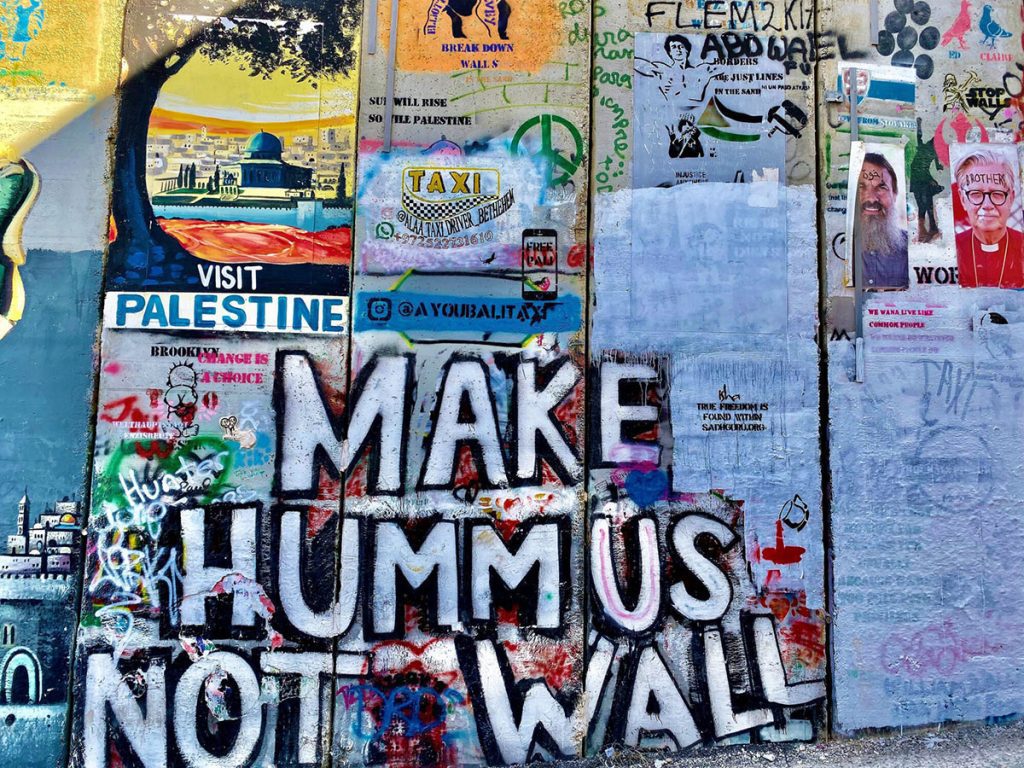
A Tapestry of Traditions:
The church complex is shared among three Christian denominations—the Greek Orthodox, Roman Catholic, and Armenian Apostolic. Furthermore, the divisions and unity within the complex symbolize the diverse tapestry of Christian traditions, fostering a spirit of cooperation and reverence for the sacred site.
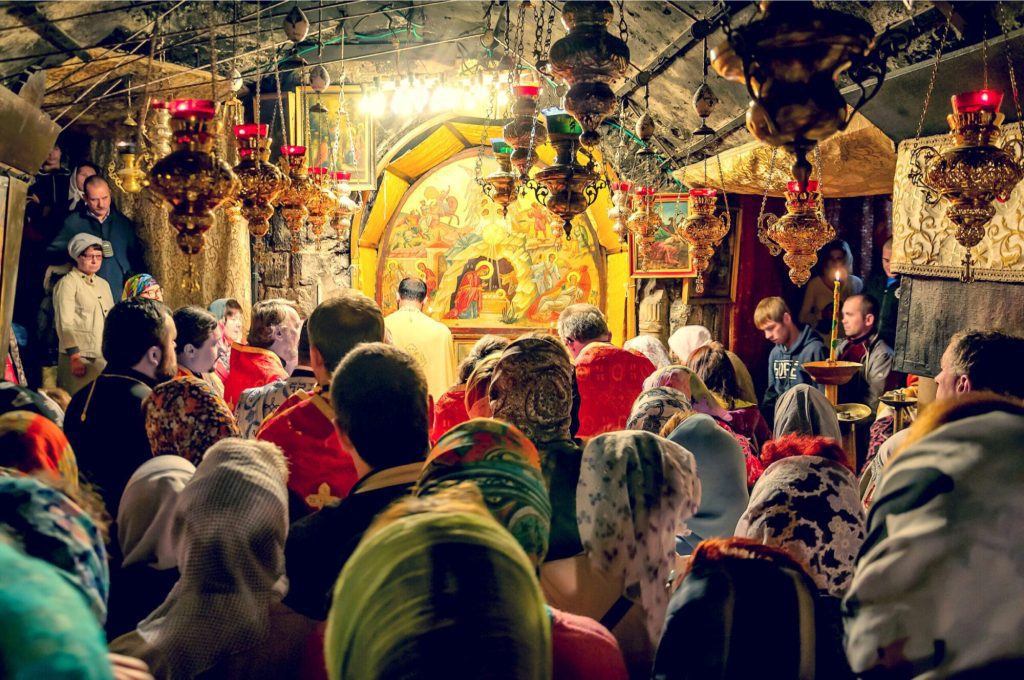
Architectural Elegance:
The church’s architecture, characterized by its Byzantine and Crusader influences, exudes a sense of timelessness and reverence. Its stone walls, arched doorways, and intricate mosaics transport visitors to an era when devotion and craftsmanship were interwoven.
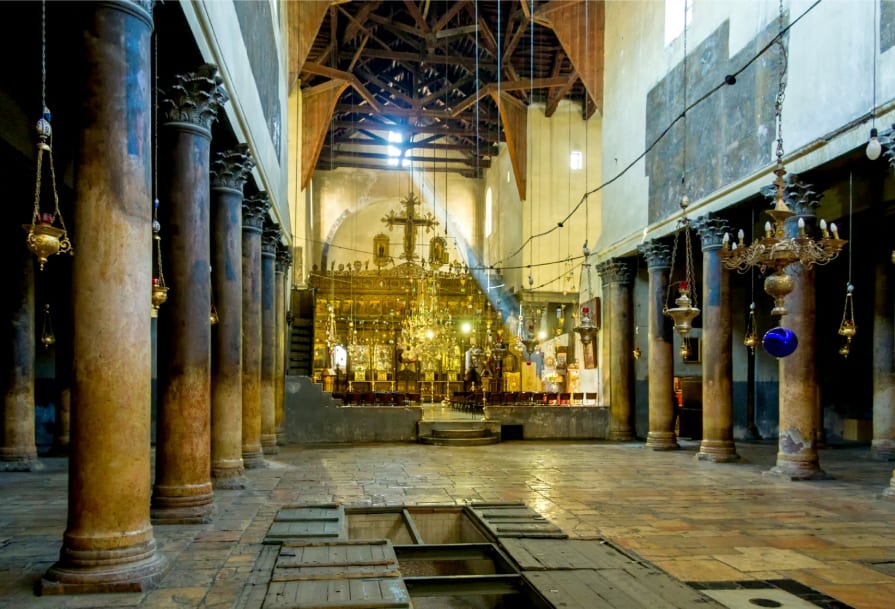
Grotto of the Nativity:
The focal point of the Church of the Nativity is the Grotto of the Nativity—a cave beneath the main altar that is believed to be the very spot where Jesus was born. This humble setting, adorned with silver stars, resonates with the simplicity of the nativity story, reminding believers of the divine mystery that unfolded amid ordinary circumstances.
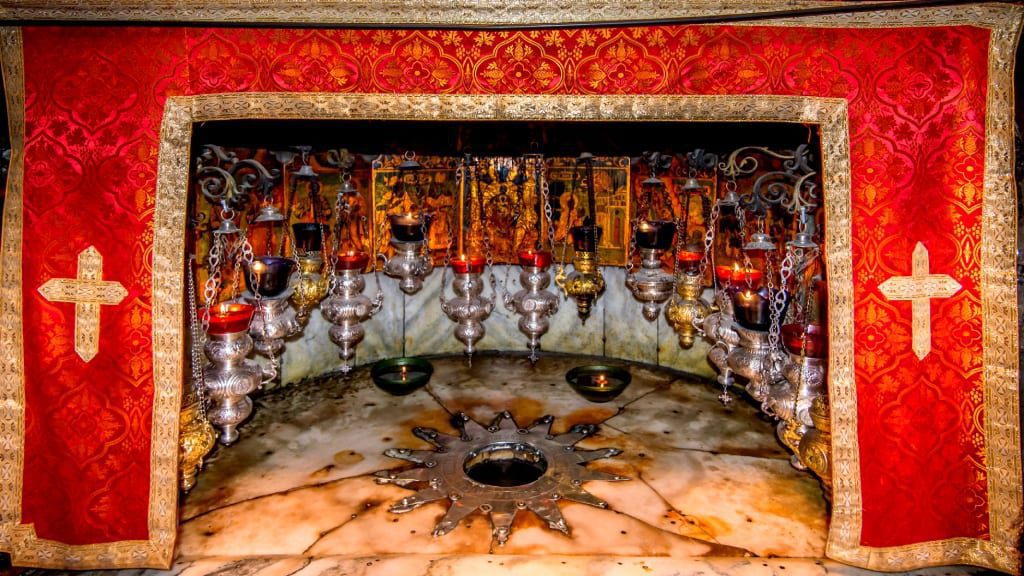
Pilgrimage of the Heart:
For pilgrims and visitors worldwide, the Church of the Nativity is a destination of spiritual significance. It’s a place where faith becomes tangible, prayers are whispered, and the connection to the nativity narrative feels palpable.
Christian Holy Land Seven Day Tour
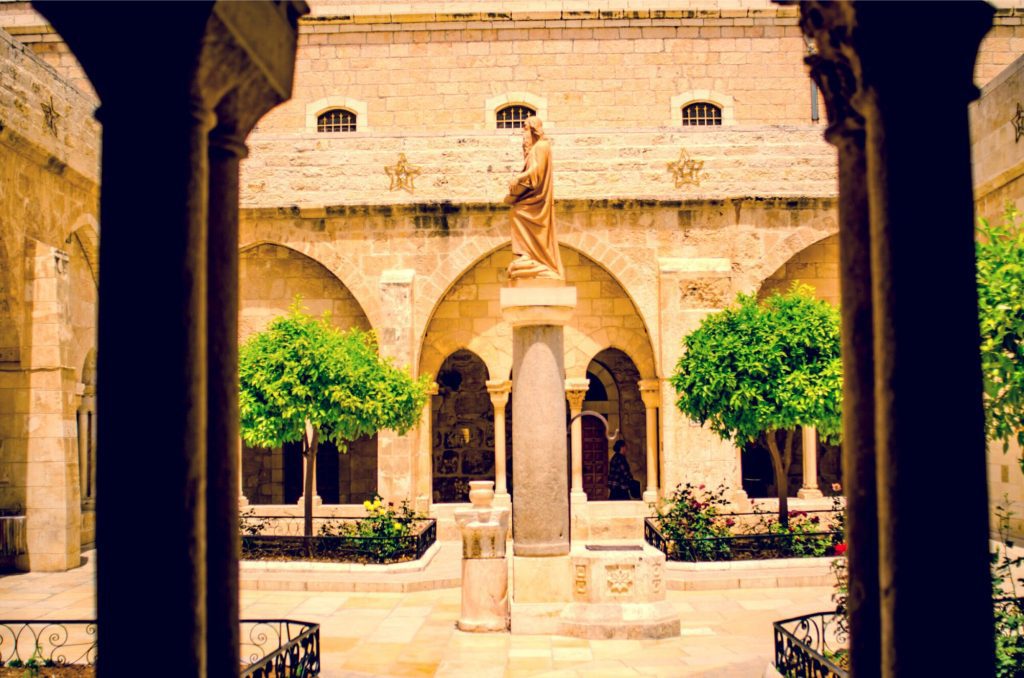
A Message of Hope:
Beyond its historical and spiritual significance, the Church of the Nativity carries a message of hope—a reminder that amidst the challenges and complexities of the world, the story of Christ’s birth resonates as a beacon of light and renewal.
Continuity Across Generations:
So, the Church of the Nativity isn’t just a relic of the past; it’s a living testament that transcends time and generations. Lastly, visitors enter its ancient doors and become part of a continuum of believers who have sought solace, inspiration, and a deeper connection to their faith for centuries.
Bethlehem & Jericho Tour
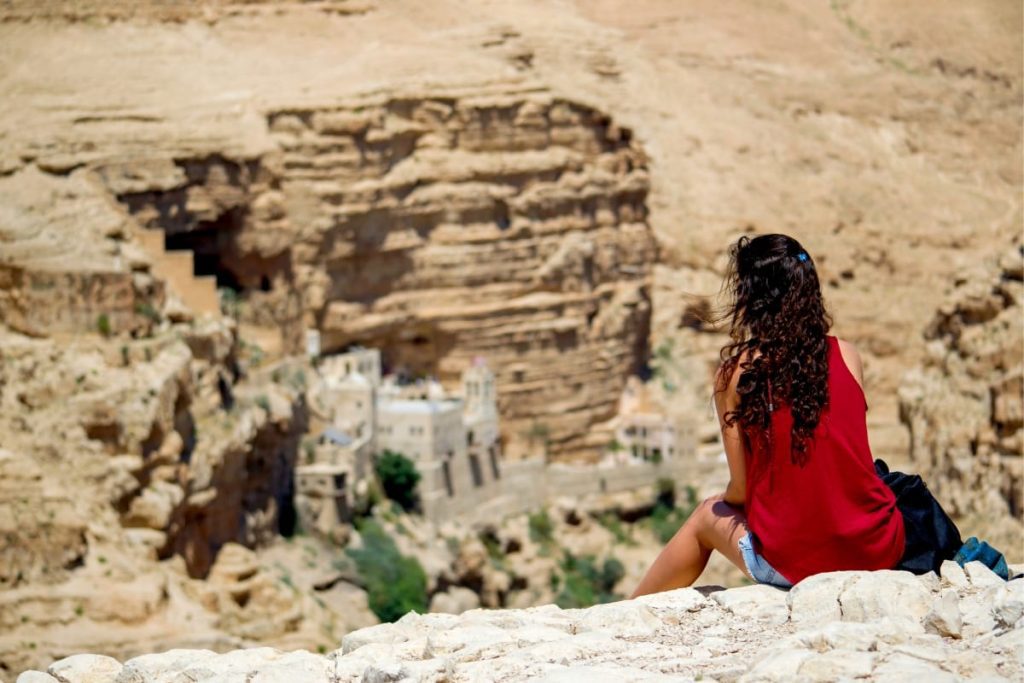
Embrace the Journey:
So, visiting the Church of the Nativity is more than a pilgrimage; it’s an opportunity to embrace the journey of faith, history, and human connection. Moreover, it’s a moment to stand in the presence of a story that has shaped the world and to reflect on the profound message of love, humility, and hope that the nativity brings.







